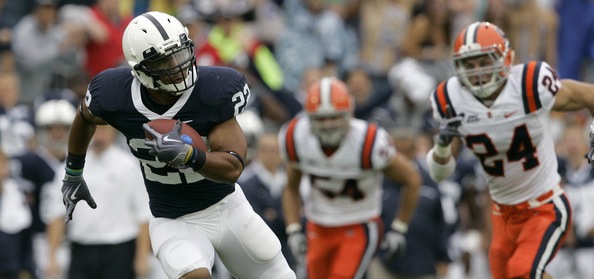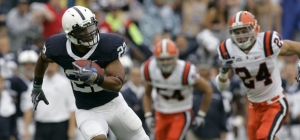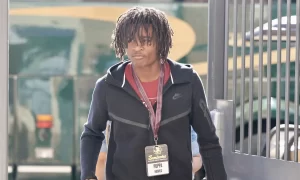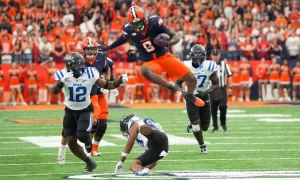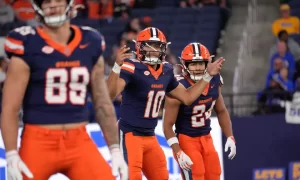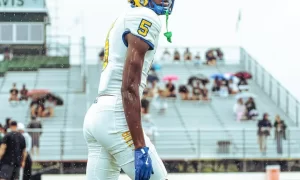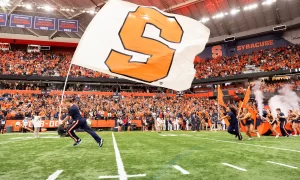Posted: Mike Couzens
The Big Ten meetings are underway in Chicago and the one item not on the agenda is the only one anyone is talking about – conference expansion.
It’s an issue that may not be publicly addressed, but will obviously be the topic of most side conversations. It will almost certainly be pushed for by some of the bigger names in the Big Ten.
“The reality is nothing will be decided when league coaches and athletic directors huddle from Monday to Wednesday. In the Big Ten, every decision related to expansion is made by presidents and chancellors.
But that doesn’t mean that some of the stronger voices on Big Ten expansion ‚Äî Penn State football coach Joe Paterno, Wisconsin athletic director Barry Alvarez and Ohio State AD Gene Smith ‚Äî won’t be pressed for their opinions.‚Äù
The Fizz has stated before that conference expansion could be a beneficial move for just about everyone, but who saw this as a possibility as recently as a year ago?
“If the Big Ten expands and chooses the right schools, conference officials have seen estimates of television revenues doubling by 2015-16.”
Doubling? That’s close to $50 million per year, per school.
Despite rumors in previous weeks that Rutgers might be the first to go to the Big Ten, now Notre Dame might be at the forefront of that push.
Despite contractual and monetary factors for television deals and licensing rights, it’s the athletes who would be affected most by changes. Michigan AD David Brandon realizes travel isn‚Äôt going to be as easy with more schools – especially Syracuse:
“Just the number of places that we (travel to), how can we make that happen in a way that’s both affordable and consistent with our values of making sure our student-athletes can be student-athletes? Those are the kinds of things we need to think about.”
Trips like Syracuse to Minneapolis (18 hours) or Iowa City (14 hours) are out of the question for driving which means flying every team, in every sport (even Olympic non-revenue programs) to the Upper Midwest for conference games.
So that’s more travel time, a greater percentage of your college career spent off campus, and a rougher road for the athlete.
But the needs of the student-athlete are almost never the priority for university higher-ups with dollar signs in their eyes.
Most reports say the big news won’t come until next month when chancellors and presidents of Big Ten universities meet and try to make a decision.
But the plan may already be rolling in Chicago as we speak.


